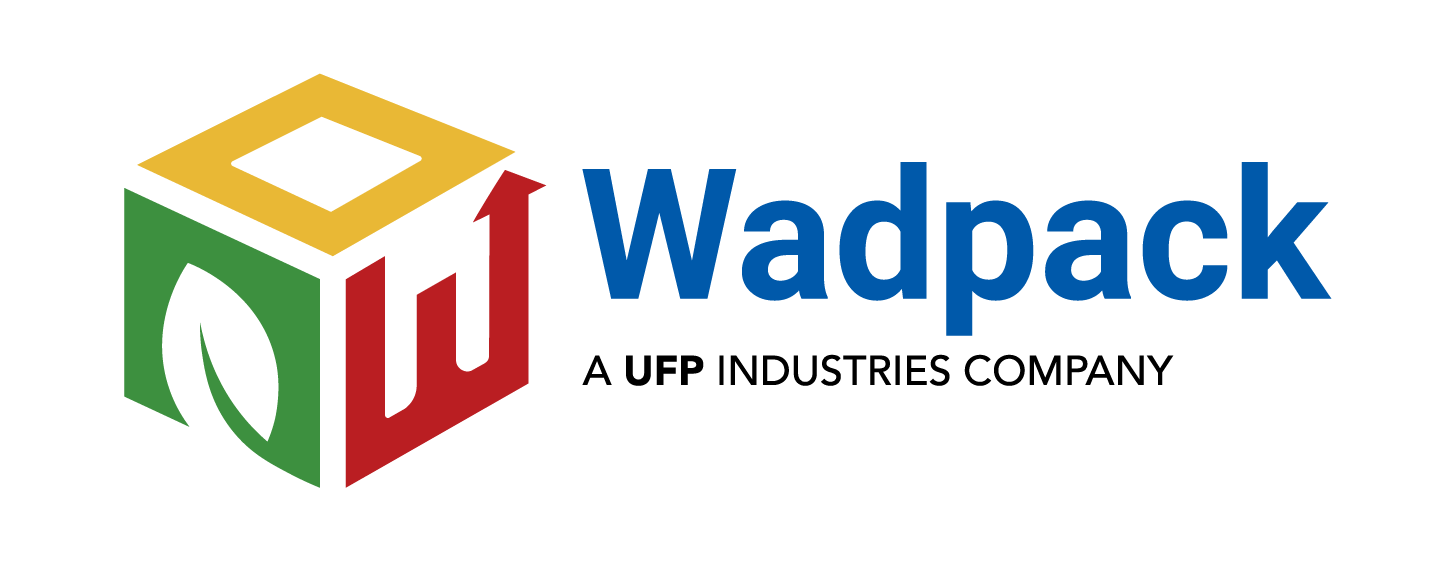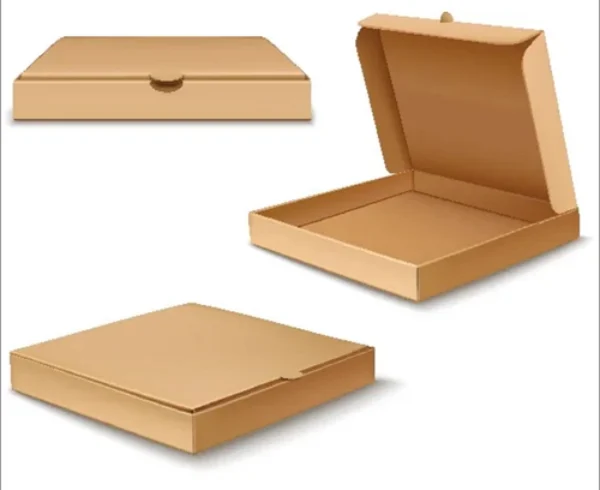Is this corrugated box suitable for use with automated packaging equipment?

When considering the suitability of a 5-ply corrugated box for use with automated packaging equipment, several factors need to be taken into account. While it is difficult to provide an exact answer without specific details about the equipment and box design, I can discuss some general considerations that can help assess the compatibility.
- Box Stiffness and Structural Integrity: Automated packaging equipment often relies on precise movements and mechanisms to handle, fill, seal, or palletize boxes. The stiffness and structural integrity of the corrugated box are crucial for successful operation. A 5-ply corrugated box, with its multiple layers of paperboard, offers good strength and rigidity, making it a suitable choice for automation. The layers, or flutes, provide cushioning and support, which helps maintain the box’s shape and prevents it from collapsing under pressure. However, it is essential to ensure that the specific design and construction of the box align with the requirements of the automated equipment.
- Box Size and Dimensions: The size and dimensions of the corrugated box play a significant role in determining its compatibility with automated packaging equipment. The equipment is typically designed to handle specific box sizes, and it is important to ensure that the 5-ply corrugated box dimensions are within the specified range. This includes considerations such as the length, width, height, and aspect ratio of the box. Boxes that are too large or too small may not be properly accommodated by the equipment, leading to inefficiencies, jams, or potential damage.
- Box Shape and Flap Configuration: The shape and flap configuration of the 5-ply corrugated box can impact its compatibility with automated packaging equipment. Most automated systems are optimized for standard box designs, such as regular-slotted containers (RSC) or half-slotted containers (HSC). These designs have specific flap dimensions and orientations that facilitate smooth operation. It is important to ensure that the flaps of the corrugated box are well-suited for the equipment’s mechanisms, such as sealing or taping. Irregular or custom box shapes may require additional customization or modifications to work effectively with the automated equipment.
- Box Alignment and Tolerance: Accurate box alignment and tolerance are critical for seamless integration with automated packaging equipment. The equipment relies on precise positioning and alignment to perform tasks such as filling, sealing, or stacking. A 5-ply corrugated box should be designed and manufactured to maintain consistent dimensions and squareness, ensuring reliable operation within specified tolerances. Misaligned boxes can lead to equipment malfunction, misfeeds, or increased downtime.
- Box Strength and Compression Resistance: The strength and compression resistance of the 5-ply corrugated box are essential considerations for automation. The box should be capable of withstanding the forces applied during automated handling, stacking, or transportation within the system. A well-constructed 5-ply box, with appropriate board strength and adhesives, can offer good resistance to compression and stacking loads. It is important to ensure that the box’s bursting strength, edge crush resistance (ECT), or other relevant specifications align with the requirements of the automated equipment.
- Box Surface and Coatings: The surface characteristics of the corrugated box can affect its compatibility with automated equipment. Some automated systems utilize friction or suction-based mechanisms to handle boxes. Smooth and consistent box surfaces without excessive coatings or treatments can facilitate efficient handling. Certain coatings or finishes may interfere with the equipment’s gripping or suction capabilities, potentially causing issues during the automated processes. It is advisable to consult the equipment manufacturer or conduct compatibility tests to evaluate the impact of any specific box surface treatments.
- Compatibility Testing and Validation: To ensure optimal compatibility, it is recommended to conduct thorough testing and validation before integrating the 5-ply corrugated box with automated packaging equipment. This involves testing the box’s performance within the specific equipment setup, including filling, sealing, stacking, or other relevant operations. Such testing can help identify any potential issues or areas for improvement, allowing for adjustments or modifications to be made to ensure seamless integration.
In summary, a 5-ply corrugated box can be suitable for use with automated packaging equipment, provided that several factors are considered. These include the box’s stiffness, size, shape, alignment, strength, surface characteristics, and compatibility with the equipment’s mechanisms and specifications. Conducting compatibility testing and validation can help ensure smooth integration and reliable operation. It is also beneficial to consult with the equipment manufacturer or packaging experts for specific guidance tailored to the equipment and application at hand.




Leave a Comment